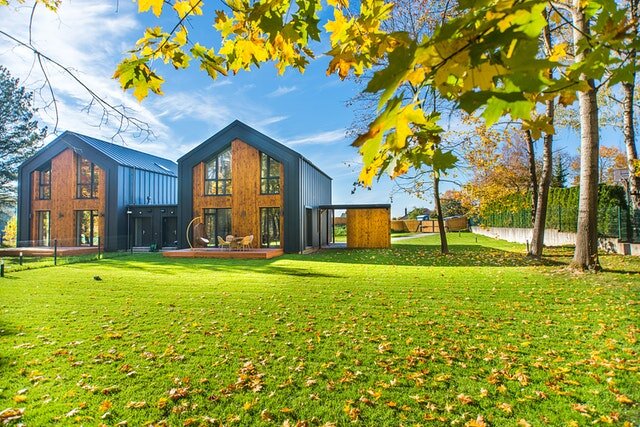Electric furnaces are on the rise. According to the U.S. Energy Information Administration (EIA), only about half of all U.S. homes use natural gas as their primary heating fuel. Electric furnaces, of course, are powered by electricity. While they contain many different parts, though, one of the most important parts of an electric furnace is the sequencer.
The Role of the Sequencer
The sequencer is responsible for regulating the flow of electricity to the various coils in an electric furnace. All electric furnaces have coils. Also known as heating elements, they generate the heat needed to create warm air. Electricity will flow through the coils to make them hot. A blower will then push air over the heated coils. Finally, the warm air will enter the ductwork where it’s distributed to individual rooms and spaces.
In addition to coils, electric furnaces require a sequencer. This part is designed to control the flow of electricity to the furnace’s coils. When you turn on your electric furnace, not all of the coils will receive power – at least not once. Rather, the sequence will dictate which coils receive power before the others.
How the Sequencer Works
You might be wondering how the sequencer works exactly. The sequencer is a small electronic device that, as the name suggests, creates a “sequence” for powering the coils in an electric furnace. While the exact number can vary, most electric furnaces have about three to seven coils. The sequencer’s job is to create an ordered sequence for powering these coils.
When you turn on your electric furnace, the sequencer will only allow the first coil to receive power. After the first coil has heated up to an appropriate temperature, the sequencer will allow the second coil to receive power. And once the second coil has heated up to an appropriate temperature, it will allow the third coil to receive power and so forth.
Why the Sequencer Is Necessary
Electric furnaces consume electricity. More importantly, each coil consumes electricity. If all of the coils received power simultaneously, they would likely overload the circuit, thereby tripping a breaker. The sequencer prevents this from happening by powering each coil individually.
Sequencers can fail. Depending on the type of failure, it may prevent your furnace from working properly. If the sequencer is unable to power the coils, for instance, your furnace won’t generate heat. You’ll need to get the sequencer repaired or replaced in order for your furnace to work.

